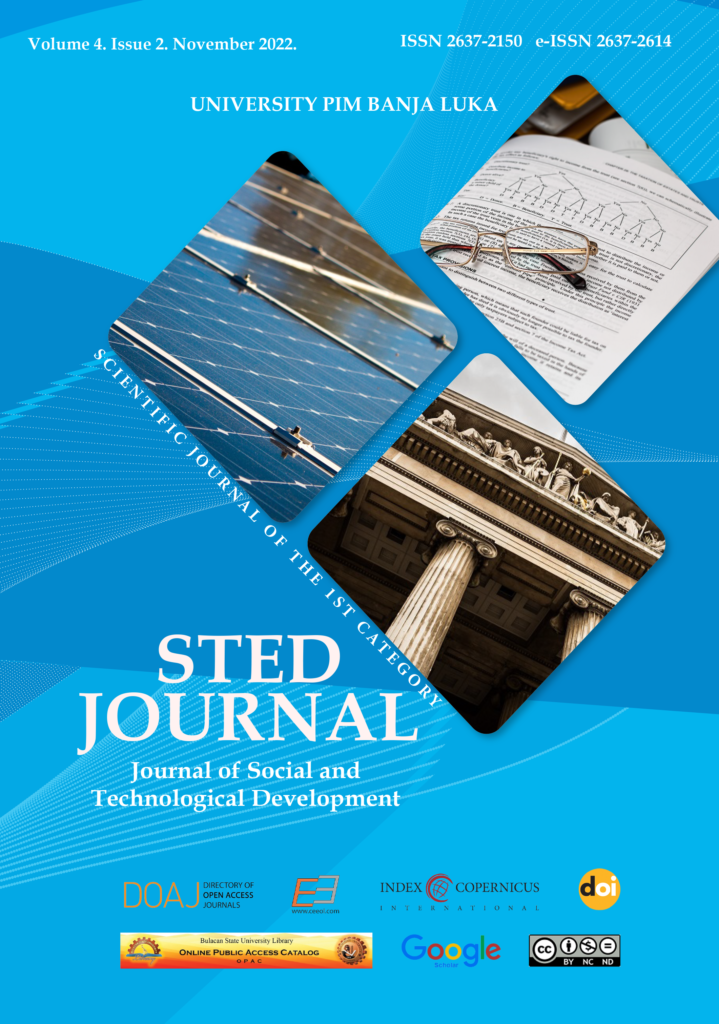DENTAL IMPLANT MATERIAL (POLYETHERETHERKETONE, TITANIUM AND ITS ALLOYS, ZIRCONIA)
DOI:
https://doi.org/10.7251/STED2202001MAbstract
The goal of this article is to inform the reader of three distinct types of biomedical materials applied in the production of dental implants, focusing on characteristics and categorizations of biomaterials based on: titanium (Ti + its alloys), commercially manufactured synthetic polymers (polyetheretherketone) and ceramic materials (zirconium dioxide). Considering the development and construction of implants, specific material requirements are named (mechanical properties), corrosion resistance, compatibility, morphology, etc. Each of these materials represents a specific group of biomedical materials and has a number of advantages. However, in relation to the differences in their nature (metal, plastic, ceramic base), it is necessary to approach the choice of material for dental implants with respect to the specific implant design and the patient’s health limitations.

